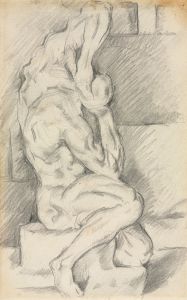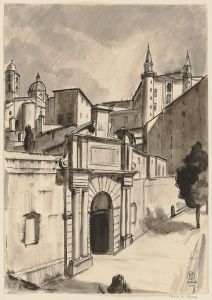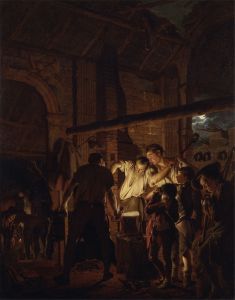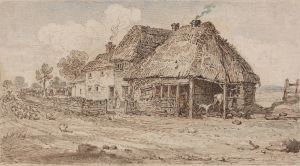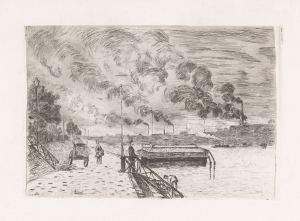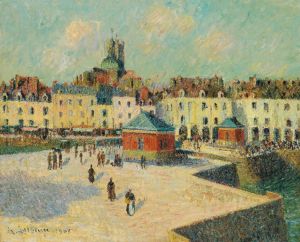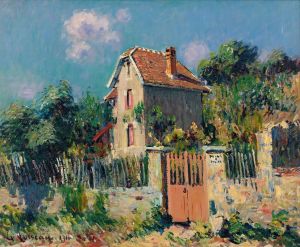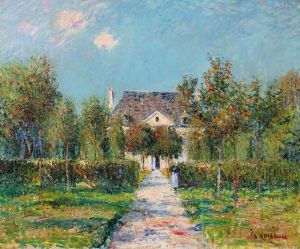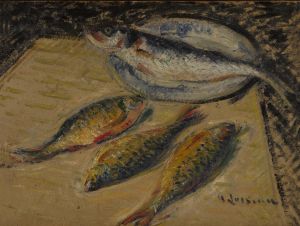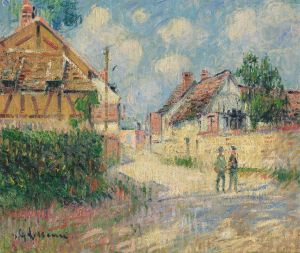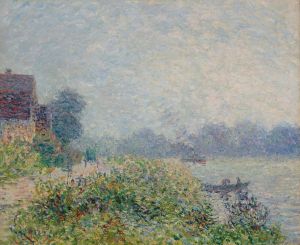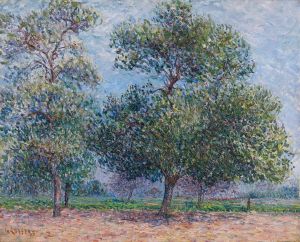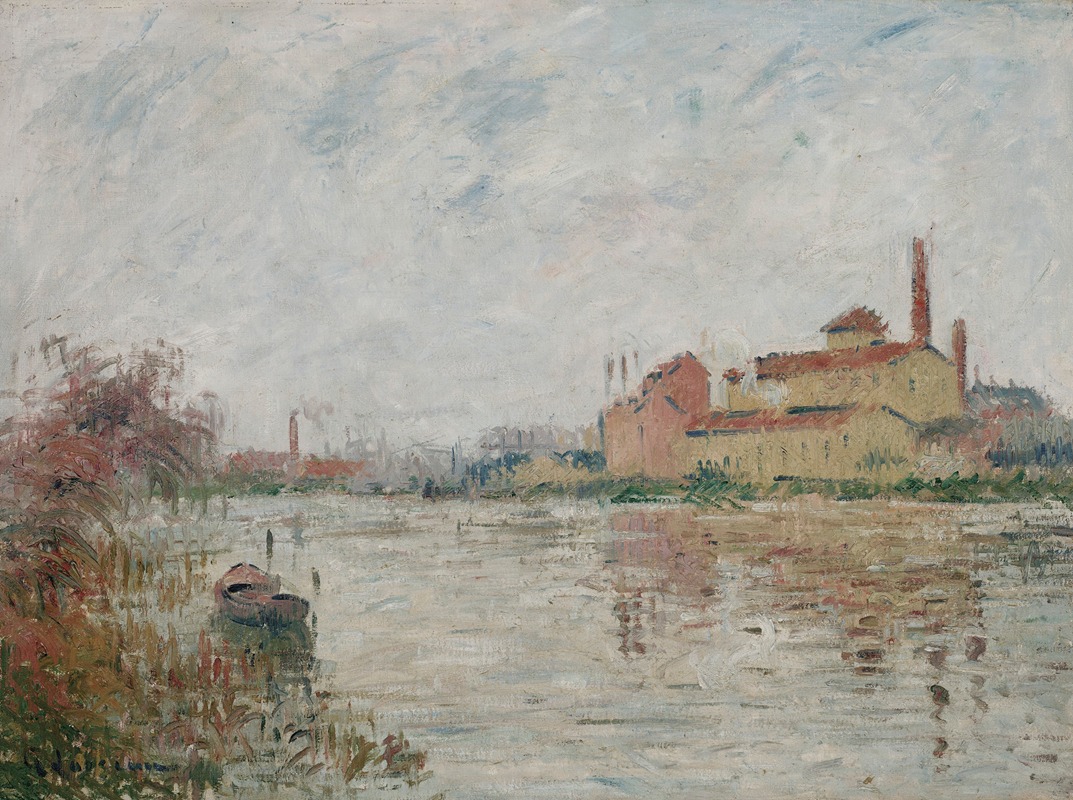
L’Usine au bord de la rivière
A hand-painted replica of Gustave Loiseau’s masterpiece L’Usine au bord de la rivière, meticulously crafted by professional artists to capture the true essence of the original. Each piece is created with museum-quality canvas and rare mineral pigments, carefully painted by experienced artists with delicate brushstrokes and rich, layered colors to perfectly recreate the texture of the original artwork. Unlike machine-printed reproductions, this hand-painted version brings the painting to life, infused with the artist’s emotions and skill in every stroke. Whether for personal collection or home decoration, it instantly elevates the artistic atmosphere of any space.
Gustave Loiseau (1865–1935) was a French Post-Impressionist painter known for his landscapes and scenes of rural life. He was associated with the School of Paris and was influenced by the Impressionists, particularly Claude Monet and Camille Pissarro. Loiseau developed a distinctive style characterized by his use of vibrant colors and a technique known as "en treillis," which involved creating a network of brushstrokes to build texture and depth in his paintings.
"L’Usine au bord de la rivière" is one of Loiseau's works that exemplifies his focus on capturing the essence of the French countryside. While specific details about this particular painting are scarce, it is consistent with Loiseau's thematic interest in depicting industrial and rural landscapes. His works often feature factories, mills, and other structures situated within natural settings, reflecting the coexistence of industry and nature during the late 19th and early 20th centuries.
Loiseau's paintings are noted for their atmospheric qualities, achieved through his meticulous attention to light and shadow. In "L’Usine au bord de la rivière," one can expect to see his signature style of capturing the interplay between the built environment and the natural world. The painting likely showcases a factory or mill by a river, a common motif in Loiseau's oeuvre, where the water's reflective surface and the surrounding foliage are rendered with his characteristic brushwork.
The artist's palette typically included a range of greens, blues, and earth tones, which he used to convey the changing seasons and times of day. Loiseau was particularly adept at depicting the effects of weather and light, often painting the same scene multiple times to capture different atmospheric conditions. This approach aligns with the Impressionist tradition of plein air painting, where artists worked outdoors to directly observe and record the natural environment.
Loiseau's work, including "L’Usine au bord de la rivière," contributes to the broader narrative of Post-Impressionism by bridging the gap between the Impressionists' focus on light and color and the emerging modernist movements that emphasized structure and form. His paintings are appreciated for their ability to evoke a sense of place and time, offering viewers a glimpse into the rural and industrial landscapes of France during a period of significant social and economic change.
Throughout his career, Loiseau exhibited his work in various salons and galleries, gaining recognition for his unique approach to landscape painting. His paintings are held in numerous public and private collections, reflecting his enduring influence on the art world. While "L’Usine au bord de la rivière" may not be as widely known as some of his other works, it remains an important example of Loiseau's contribution to the Post-Impressionist movement and his dedication to capturing the beauty and complexity of the natural world.





